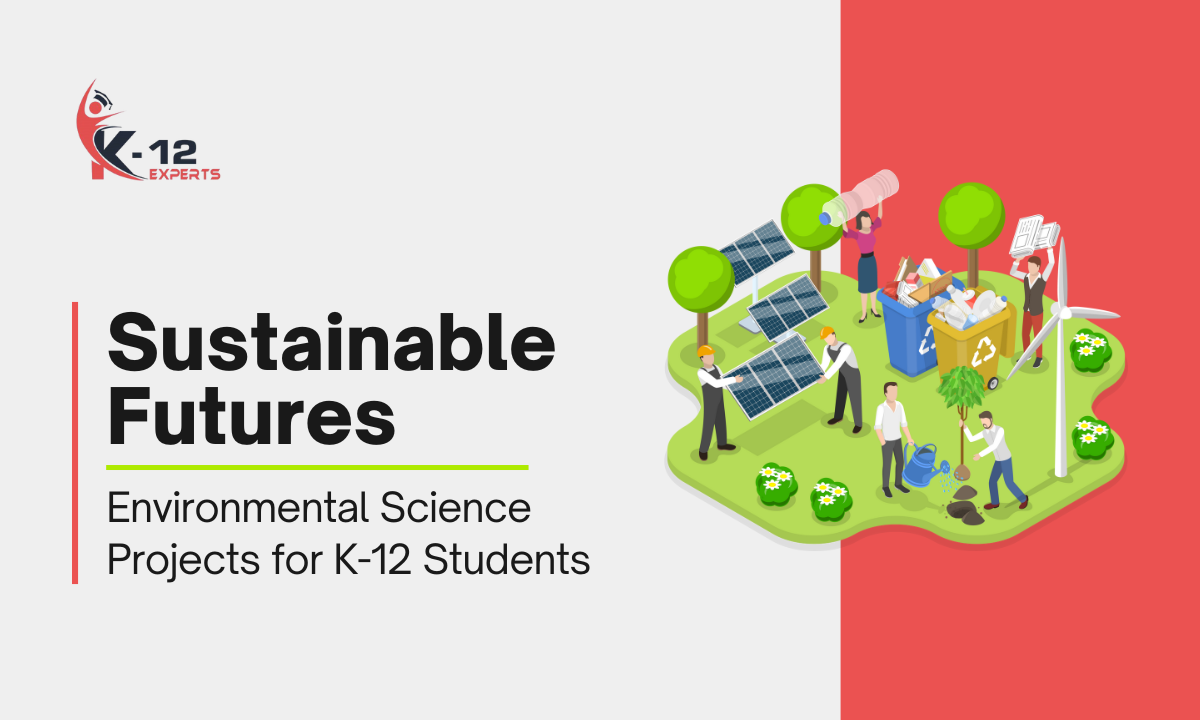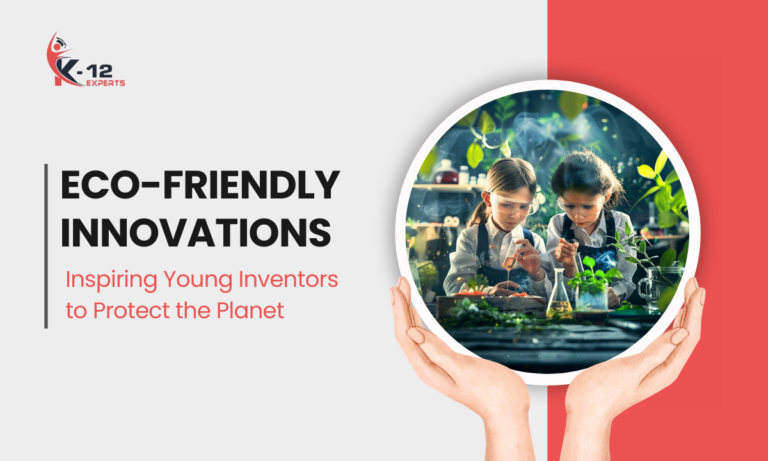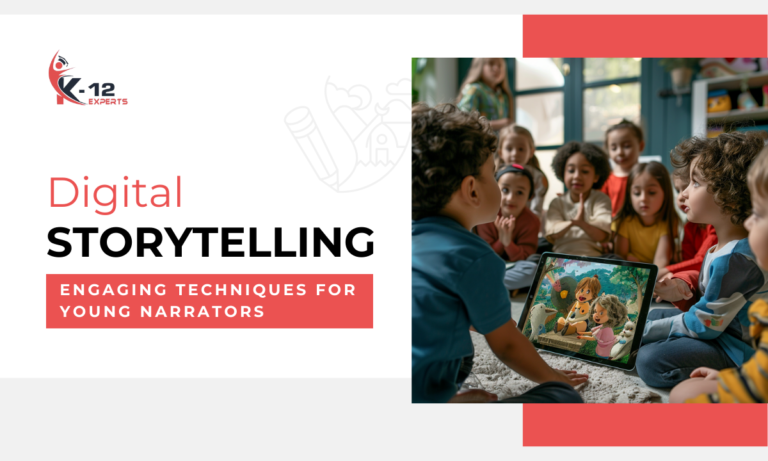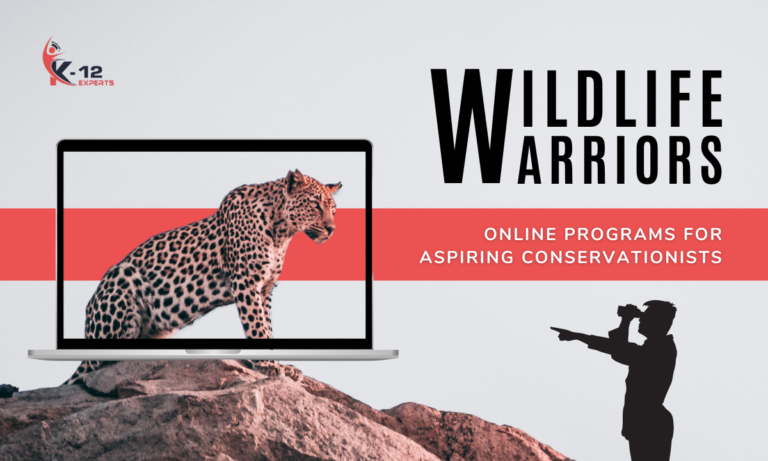Embark on an enchanting journey with environmental science projects that’ll transform your classroom into a hub of sustainability! Imagine yourself as a hero in an escapade, uncovering the mysteries of our planet, from the impacts of climate change to the wonders of biodiversity. You could lead mini solar farms or wind turbines in high school, converting nature’s abundance into energy, or, for the younger eco-warriors, experiment with seeds sprouting in a dance of light versus darkness or explore local wildlife, sparking a passion for the planet’s marvels. These activities aren’t just about getting your hands dirty; they’re about nurturing a seed of curiosity into a mighty tree of action.
Whether you’re crafting solar ovens, designing water filters, or leading whimsical conservation campaigns, you’re stepping into the shoes of champions for a greener tomorrow. And who knows? You might just uncover the next big idea to address climate change, one project at a time.
Project Inspiration
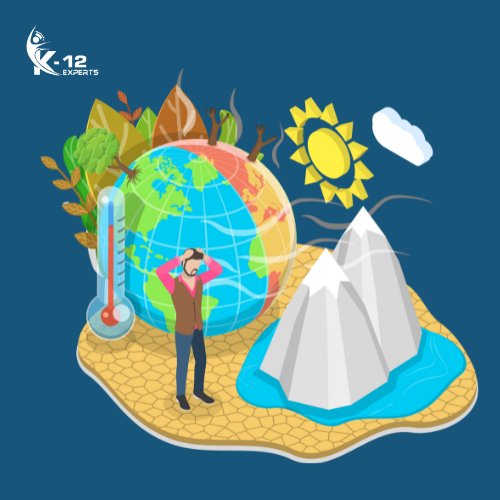
Finding inspiration for your environmental science project can reveal a world of possibilities, from exploring climate change impacts to promoting biodiversity. Imagine you’re a detective, but instead of solving crimes, you’re unraveling the mysteries of our planet. You, the students, are the heroes in this adventure, armed with projects that could save the world.
Through your investigations, you can plunge into the depths of the ocean or ascend the highest mountains. Every corner of Earth has a story; your projects are the key to unraveling these tales. This isn’t just science; it’s a quest for knowledge, where you’ll discover not just how ecosystems work but how you can make a real difference.
Let’s turn curiosity into action and weave these environmental projects into the fabric of our future.
High School Initiatives
As you step into the world of high school initiatives, you’ll find yourself at the helm of renewable energy models and conservation awareness campaigns, where creativity meets science in a thrilling showdown.
Imagine turning the sun’s lazy afternoon yawns into a powerhouse of energy or transforming your peers into eco-warriors through campaigns that are as engaging as they are enlightening.
It’s a chance to not just learn, but to lead in the quest for a greener planet, all while having a bit of fun along the way.
Renewable Energy Models
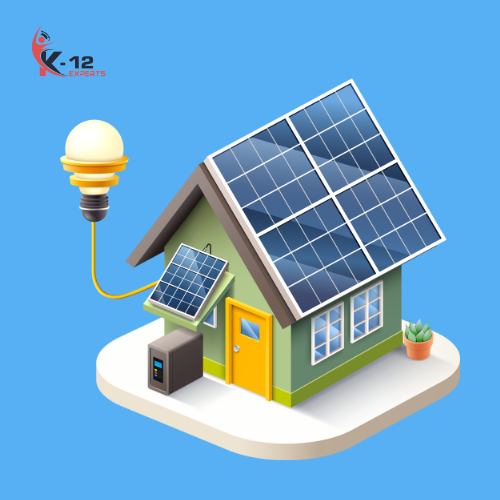
By exploring renewable energy models, high school students investigate the practical application of solar panels and wind turbines, unveiling their roles in advancing a sustainable future. Through these environmental science projects, they delve into the realm of sustainability, converting curiosity into innovative solutions.
- Solar Panel Shenanigans: Constructing mini solar farms to power up their world.
- Wind Turbine Wonders: Building turbines to capture every gust.
- Energy Conversion Excitement: Transforming nature’s abundance into usable energy.
- Carbon Crusade: Addressing emissions with every project.
- Sustainability Superheroes: Emerging as champions for a greener tomorrow.
High school students aren’t just learning; they’re spearheading the movement toward a more sustainable society, demonstrating that even the smallest models can inspire significant change.
Conservation Awareness Campaigns
High school students can make a significant impact by launching conservation awareness campaigns to educate their peers and the wider community on important environmental issues. By embracing the roles of eco-warriors, you’re not just advocating for the planet; you’re nudging everyone towards sustainable practices with a dash of creativity and a lot of heart.
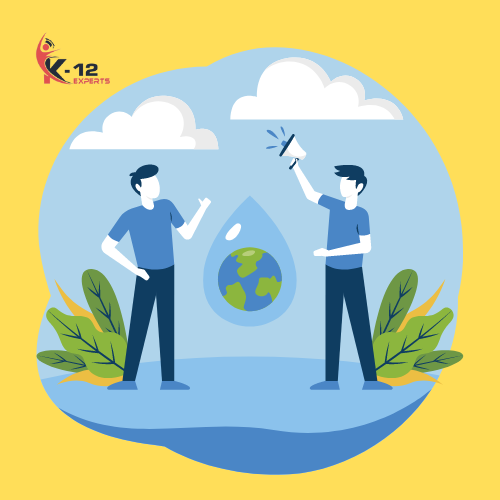
| Emotion | Action | Outcome |
| Joy | Planting trees | A greener planet |
| Hope | Reducing waste | Cleaner communities |
| Pride | Sharing knowledge | Empowered individuals |
By organizing whimsical events, workshops that feel like expeditions into the unknown, and educational activities that are as engaging as detective games, you’re leading the charge toward a brighter, more sustainable future. Let’s turn Environmental Science into our playground, shaping a world where conservation awareness campaigns are the norm, not the exception.
Elementary Activities
Now, let’s explore the world of elementary activities, where your curiosity can bloom like a seed in spring.
Imagine turning your classroom into a mini recycling hub or a garden where every plant tells a story of growth and resilience.
You’ll not only have a blast exploring local wildlife, but you’ll also become a superhero for the planet, one recycled paper airplane at a time.
Seed Germination Experiments
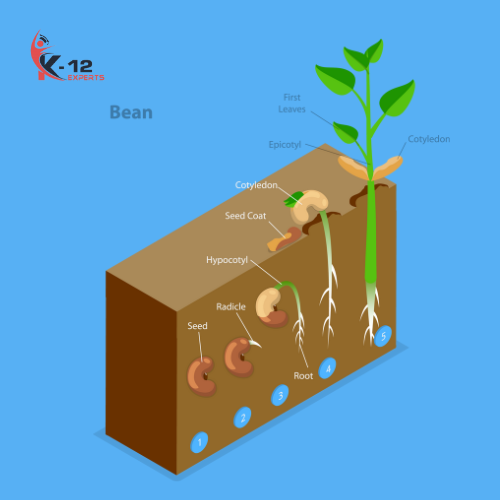
Exploring how seeds sprout through germination experiments can reveal the mysteries of plant growth and life cycles for young students. You’ll immerse yourself in the world of seed germination, plant growth, scientific inquiry, and hands-on learning with a sense of wonder and a touch of humor.
Here’s how you can get your hands dirty:
- Experiment with water: How much is too much?
- Play with light: Sunlight vs. darkness – who wins?
- Temperature trials: Do seeds prefer a sweater or a swimsuit?
- Soil types showdown: Sand, loam, or clay?
- Time-lapse magic: Watch seeds burst to life in fast forward.
You’re not just growing plants; you’re nurturing young scientists. Ready to get started?
Recycling Classroom Projects
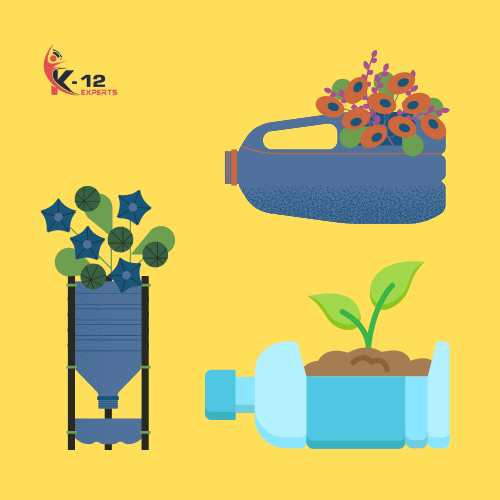
Diving into recycling projects offers elementary students a hands-on way to learn about sustainability and the impact of their actions on the environment. These activities not only help students grasp the immense importance of reducing, reusing, and recycling materials, but they also sprinkle a bit of fun into the mix.
Imagine the spark in their eyes as they transform an old water bottle into a beautiful planter or a stack of newspapers into an art masterpiece. These recycling projects serve a dual purpose: They stir creativity and critical thinking while greatly reducing our ecological footprint. It’s like hitting two birds with one stone but in a totally eco-friendly way!
Local Wildlife Exploration
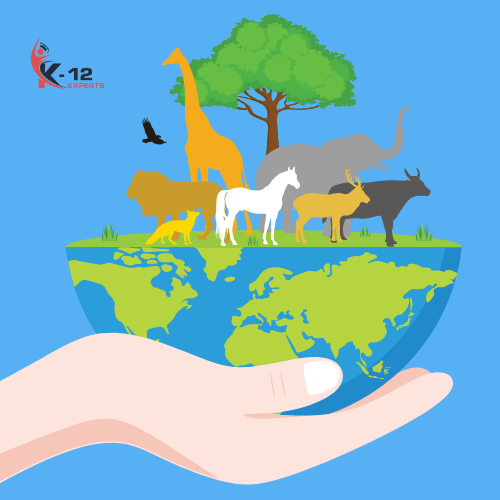
Venturing into your nearby green spaces can open your eyes to the rich biodiversity that exists right in your own backyard. Through local wildlife exploration, you’ll immerse yourself in ecosystems, marvel at biodiversity, and contribute to conservation efforts with a touch of enjoyment. Imagine being a detective, uncovering the secrets of nature!
- Explore local wildlife habitats to comprehend the ecosystems around you.
- Identify different species of plants and animals, turning your stroll into a treasure hunt.
- Learn the significance of biodiversity and how each creature plays a crucial role.
- Participate in citizen science projects, becoming a hero for local wildlife research.
- Appreciate the interconnectedness of all living organisms, realizing we’re all part of one big, quirky family.
Embark on this adventure and let your curiosity lead the way!
Earth Day Focus
Earth Day is celebrated each year on April 22nd, a prime opportunity for you to engage in activities that highlight the significance of environmental conservation and sustainability. Imagine turning your classroom into a mini-earth, where every project, from tree plantings to clean-up crusades, becomes a mission to combat global warming and lessen our impact on the environment.

Earth Day isn’t just a day; it’s a call to action, a reminder that the planet’s fate is in our hands – quite literally, if you consider the gardening involved! It’s a day for environmental education to take center stage, transforming complex issues like global warming into interactive, hands-on projects.
Sustainability Techniques
Exploring sustainability techniques ensures we meet our current needs without jeopardizing the ability of future generations to fulfill theirs. It’s like ensuring your future self still gets to enjoy the planet, not just your current selfie-loving self.
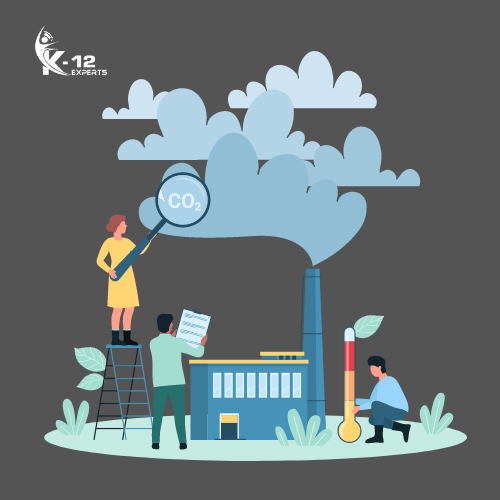
In crafting your next environmental science lesson plan, consider these innovative approaches:
- Reducing carbon emissions by biking instead of driving
- Conserving water through rain gardens
- Promoting social equity by supporting local farmers
- Addressing climate change with tree planting projects
- Tackling environmental issues via recycling programs
These strategies are your toolkit for battling the beast of unsustainability. They’re not just activities but a manifesto for a greener tomorrow. Engage with these with enthusiasm, and watch as your students become eco-warriors, armed with knowledge and ready to make an impact.
Environmental Literacy

After examining sustainability techniques, let’s now focus on how environmental literacy can empower you and your students to enact real-world change. Imagine immersing yourself in the magic of environmental science projects in your classroom, transforming young minds into eco-warriors armed with knowledge and action-oriented steps.
With resources to teach that are as engaging as Mystery Science’s hands-on projects or as thorough as California’s free programs, you’re not just teaching; you’re igniting a spark. These programs, steeped in accuracy and engagement, shy away from gloom-and-doom narratives, opting instead for a mastery-based curriculum that champions standards and positivity.
Resource Compilation
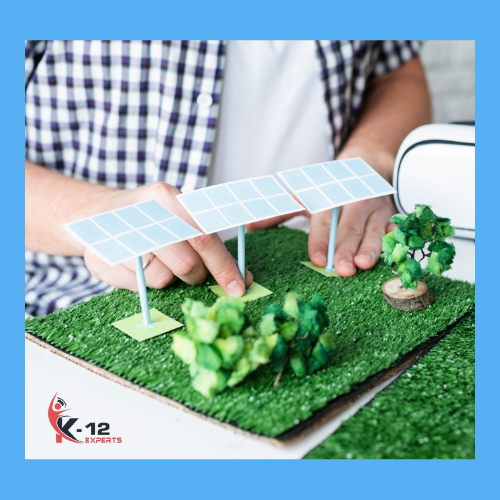
Delving into our resource compilation, you’ll discover a treasure trove of environmental science project ideas that cater to students from kindergarten through 12th grade. Prepare to embark on a whimsical journey through sustainability, where curiosity meets innovation:
- Crafting solar ovens to understand the greenhouse effect.
- Designing water filters to tackle the not-so-fun side of plastic waste.
- Planting native gardens to watch biodiversity bloom in your backyard.
- Simulating rising global temperatures with homemade thermometers.
- Mapping out recycling routes to give plastic waste a new lease on life.
Students can explore these engaging activities to become mini-environmentalists, armed with knowledge and ready to combat climate change.
Frequently Asked Questions
Which Is the Best Topic for Environment Project?
Imagine sowing seeds in a concrete jungle—that’s Green Urbanism. It’s the best project topic for you because it blends innovation with nature. Immerse yourself in Wildlife Conservation, Ocean Cleanup, or a Plastic Ban to truly make waves.
What Is an Example of Environmental Science and Sustainability?
An example of environmental science and sustainability is creating a project focused on climate change, exploring renewable energy solutions, aiming for pollution reduction, and promoting wildlife conservation. You’ll innovate towards a healthier planet by tackling these issues.
What Are the Best Environmental Projects?
‘Rome wasn’t built in a day,’ and neither is a greener Earth. Engage in innovative projects like Green Roofing, Recycling Campaigns, Wildlife Conservation, and Pollution Monitoring. You’ll be pioneering change, one step at a time.
How Can Students Apply Environmental Sustainability?
You can apply environmental sustainability by focusing on green commuting, waste reduction, water conservation, and renewable energy. These innovative approaches tackle pressing issues, ensuring a healthier planet for future generations.
Conclusion
So, you’ve journeyed through a garden of ideas where seeds of environmental literacy sprout into trees of knowledge. Whether you’re a high school innovator or an elementary earth warrior, the projects you’ve explored are your tools for nurturing a greener tomorrow.
Remember, every small step is a leap towards sustainability. So, arm yourself with curiosity and let your eco-adventures begin.
After all, the planet doesn’t need saving—it’s waiting for us to join the dance of preservation with a chuckle and a cheer!

